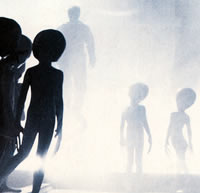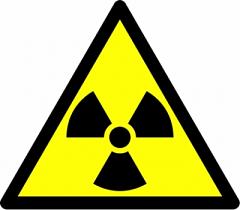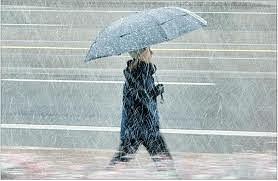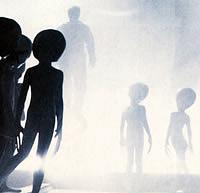Fukushima hits Canadian rainwater - Archons cover-up
After the Fukushima nuclear accident, Canadian health officials in behalf of apparent archons assured a nervous public that "virtually no radioactive fallout had drifted to Canada."
But last March, a Health Canada monitoring station in Calgary detected an average of 8.18 becquerels per litre of radioactive iodine (an isotope released by the nuclear accident) in rainwater, the data shows.
The level easily exceeded the Canadian guideline of six becquerels of iodine per litre for drinking water, acknowledged Eric Pellerin, chief of Health Canada's radiation-surveillance division.
"It's above the recommended level (for drinking water)," he said in an interview. "At any time you sample it, it should not exceed the guideline."
Canadian archons didn't disclose the high radiation reading at the time.
In contrast, the state of Virginia issued a don't-drink-rainwater advisory in late March after iodine levels in rain in a nearby city spiked to 3.4 becquerels per litre on a single day. That was less than half of the level seen in Calgary during the entire month of March.
Radioactive iodine also appeared in smaller amounts in March in Vancouver (which saw an average of 0.69 becquerels per litre in rainwater, up from zero before Fukushima), Winnipeg (which got 0.64 becquerels per litre) and Ottawa (which had 1.67 becquerels per litre), the data shows.
These other levels didn't exceed the Canadian limit for drinking water. But the level in Ottawa did surpass the more stringent ceiling for drinking water used by the U.S. Environmental Protection Agency.
The data still isn't posted on Health Canada's web page devoted to the impacts of Fukushima.
Pellerin said he doesn't know why Health Canada didn't make the data public. "I can't answer that. The communication aspect could be improved."
The rainwater data also raises questions about how Ottawa monitors radiation after a nuclear crisis:
Some of Health Canada's numbers are much lower than those reported by other radiation researchers. Simon Fraser University nuclear chemist Krzysztof Starosta found iodine levels in rainwater in Burnaby, B.C., spiked to 13 becquerels per litre in March - many times higher than the levels Health Canada detected in nearby Vancouver.
Rain was tested only at the end of each month, after a network of monitoring stations sent samples to Ottawa. This meant the radiation spikes last March were only discovered in early April, after rainwater samples were sent to Ottawa for testing - too late to alert the public, including those who collect rain for drinking and gardening.
In contrast, the EPA tested the rain for radiation every day and immediately reported the data on its website.
Internet site reference: http://www.montrealgazette.com/news/Radioactive+iodine+rainwater+Public+dark/5995357/story.html#ixzz1jjl7323S
Comments
There are 0 comments on this post

















